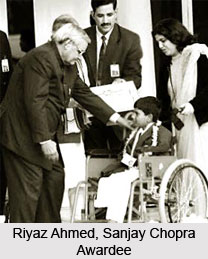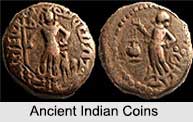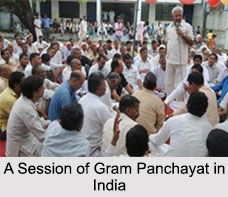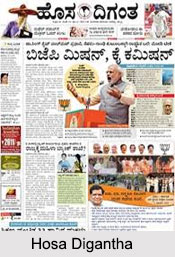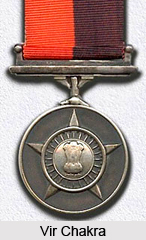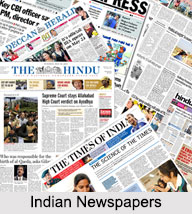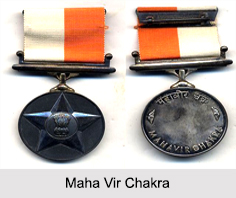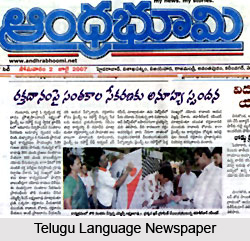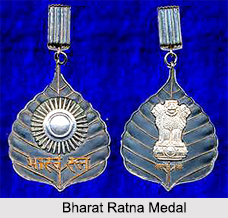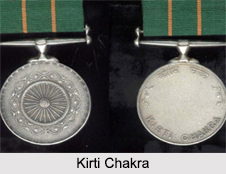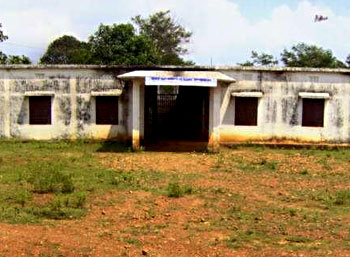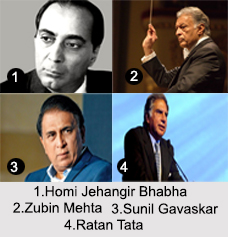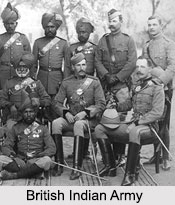 British Indian Army refers to the British military forces that were active in the Indian Subcontinent from 1895 onwards, which were primarily composed of local troops from every corner of India. The British Indian Army was one the largest and most distinguished fighting forces in human history, with a 200-year existence.
British Indian Army refers to the British military forces that were active in the Indian Subcontinent from 1895 onwards, which were primarily composed of local troops from every corner of India. The British Indian Army was one the largest and most distinguished fighting forces in human history, with a 200-year existence.
Formation of British Indian Army
The Indian Army Sepoy was always ready and willing to serve a flag, with honour, glory and mutual respect. Quick to appreciate these traits, successive British governments brought in more regional groupings into the Army. A fierce undying loyalty to the unit was evinced by the British officer Corps, and the Indian junior leaders and men reciprocated it. Indian troops were the mainstay of British Armies in Africa, Middle East and Italy and can be said to have beaten the Japanese in Burma being the backbone of the forgotten army.
The three presidencies recruited their soldiers from their increasing territorial holdings. Though indigenous manpower had been hired for duties which would be termed security management, the first signs of interest in augmenting military assets with local resources emerged in the Bombay Presidency. Robert Clive gave the next impetus, by forming in 1756-57, during and after the Battle of Plassey, two battalions of infantry on a European pattern of organisation. Cavalry was built up as part of an all-arms build-up against the redoubtable Hyder Ali. The artillery, that elusive arm waxed and waned more with political policy than functional need. The Corps of Sappers and Miners (now the Engineers), came along in 1780 in small numbers. Amongst the logistics services, the commissariat (Quartermaster Branch) blossomed separately in all the three Presidencies in 1760. By 1802, recruitment by class or ethic lines had begun.
The British Indian Army served decisively in the major conflicts of the 20th century, all over the world. It also provided 2.5 million soldiers to the British cause in World War II, the largest volunteer army ever raised in human history.
Thus, the foundation of a native Indian Army fighting for Britain under the command of British officers was laid. This fighting force became the "British Indian Army".





